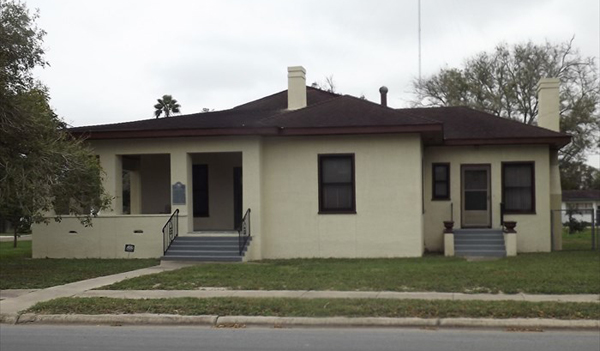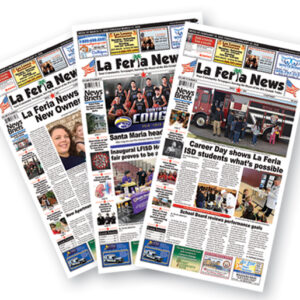- Scholarship Awards
- La Feria ISD is Set to Get Its Own Police Department
- All-Star Regionals
- LFECHS Non-Varsity Band Represents at State
- School Program Continues to Provide Fun Summer Activities
- Conservation Group Wildlife in Focus Expands Unique Photography Contest to Reach More Landowners, Photographers Statewide
- Local Birding Center Offers a Variety of Events
- Valley Native is Heading to the Olympics
- Hurricane Preparedness For Families
- Golf Tournament to be Held toHelp Cancer Patients
Banditos Plague the Valley and La Feria
- Updated: July 20, 2023

When the Madero Revolution started in 1910, thousands of Mexican citizens, rich merchants and ranchers, fled to the United States, settling in Valley towns. Mexican revolutions kept the border in an uproar from 1910-1920.
During the bandit trouble, there was a great loss of horses, cattle and saddles among the ranchers and the farmers of the Valley. Many citizens lost their lives.
People of the Valley wrote President Woodrow Wilson demanding that more and more forces be sent to this section. Many gave up their property, packed their belongings and returned to their former homes in northern states. This was a setback which was felt for many years, especially because of the bad publicity, the loss of population, and the abandoned farms.
On August 2, 1915, the Army personnel received a taste of actual combat as one trooper was killed and a number wounded in a brush with bandits at Tulitas Ranch near San Benito. President Woodrow Wilson ordered Major General Frederick Funston, who was stationed at Fort Brown and who commanded the Southern Department during the Mexican Border Service, to cooperate with state officials in the preservation of order. James. E. Ferguson was Governor of Texas at the time.
The last raids of any importance took place in the fall of 1917, and this was the end of a period of destruction of life and property in the Lower Rio Grande Valley. There had been cruelty on both sides, the American as well as the Mexican. Hatred had run high, but peace had finally come.

La Feria citizens were plagued with raids by bandits from Mexico because Pancho Villa, General Francisco Villa, had taken Monterrey, Mexico, and his men were roaming over the states of Tamaulipas and Nuevo Leon from 1915-1918. The citizens were organized and ready for the attacks, but none came.
The B.H. Dunlap’s house, which was well constructed, was used many times as a fortress when bandits were in this vicinity. A rifle club and a vigilante committee were organized. After fifteen Krag rifles and 3,000 rounds of cartridges were purchased from the U.S. Government, the newly-installed telephone system was used to report that the bandits were coming.

The guards would get their guns and assume positions already assigned them.
Others patrolled the town which the women and children sought refuge in a few brick buildings in town. People from the north part of town would climb on the flat roof of a store building and stay until the scare was over. The children were delighted with this arrangement as it was fun to them.
Austin and his son, Charles, were killed by some twenty bandits who surrounded the Austin store in Sebastian which was in Cameron County then. The bandits took money from the cash register and filled sacks with food, tobacco and shoes.
It seemed that the bandits always wanted shoes which they took from the living and the dead.
Two residents of La Feria, George W. Dewey and C.H. Ritter, served on the jury that gave the banditos the death penalty. Sheriff W. T. Vann of Cameron County hanged the two men.




